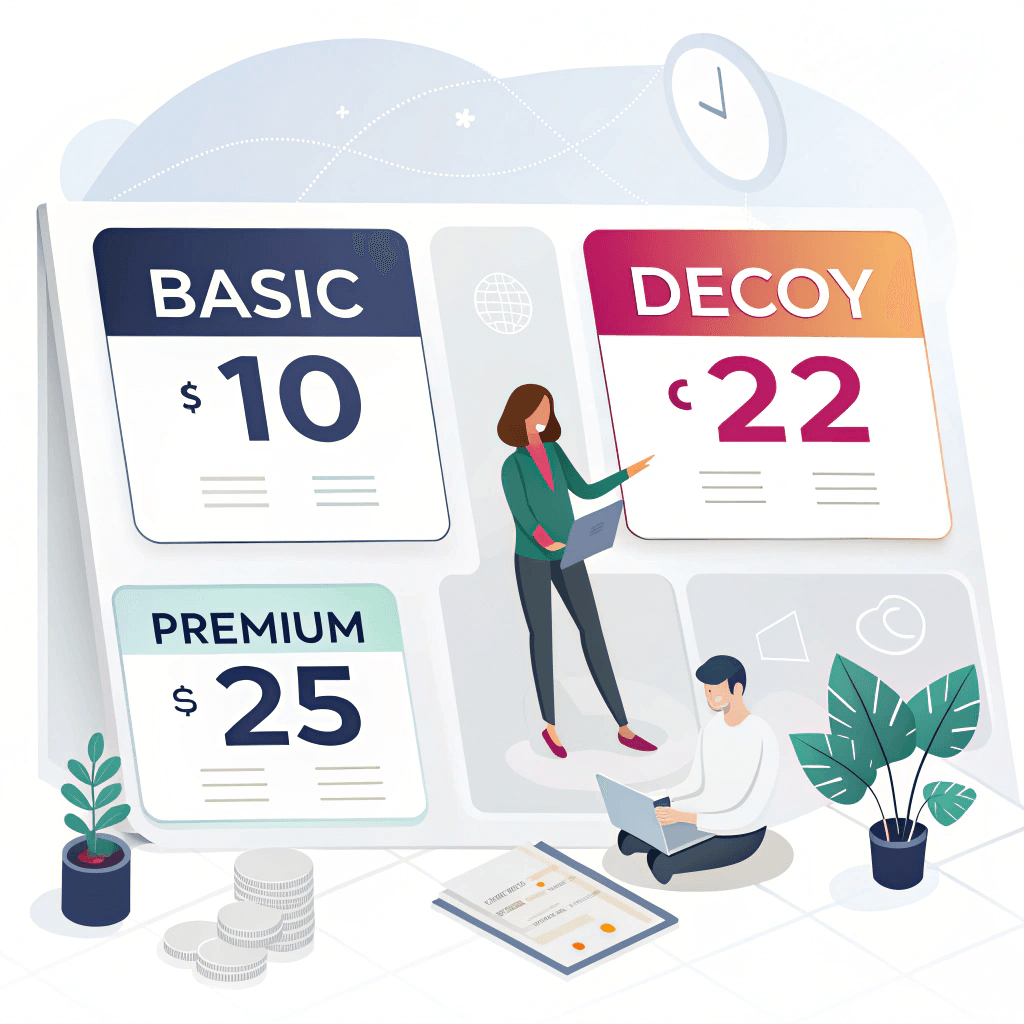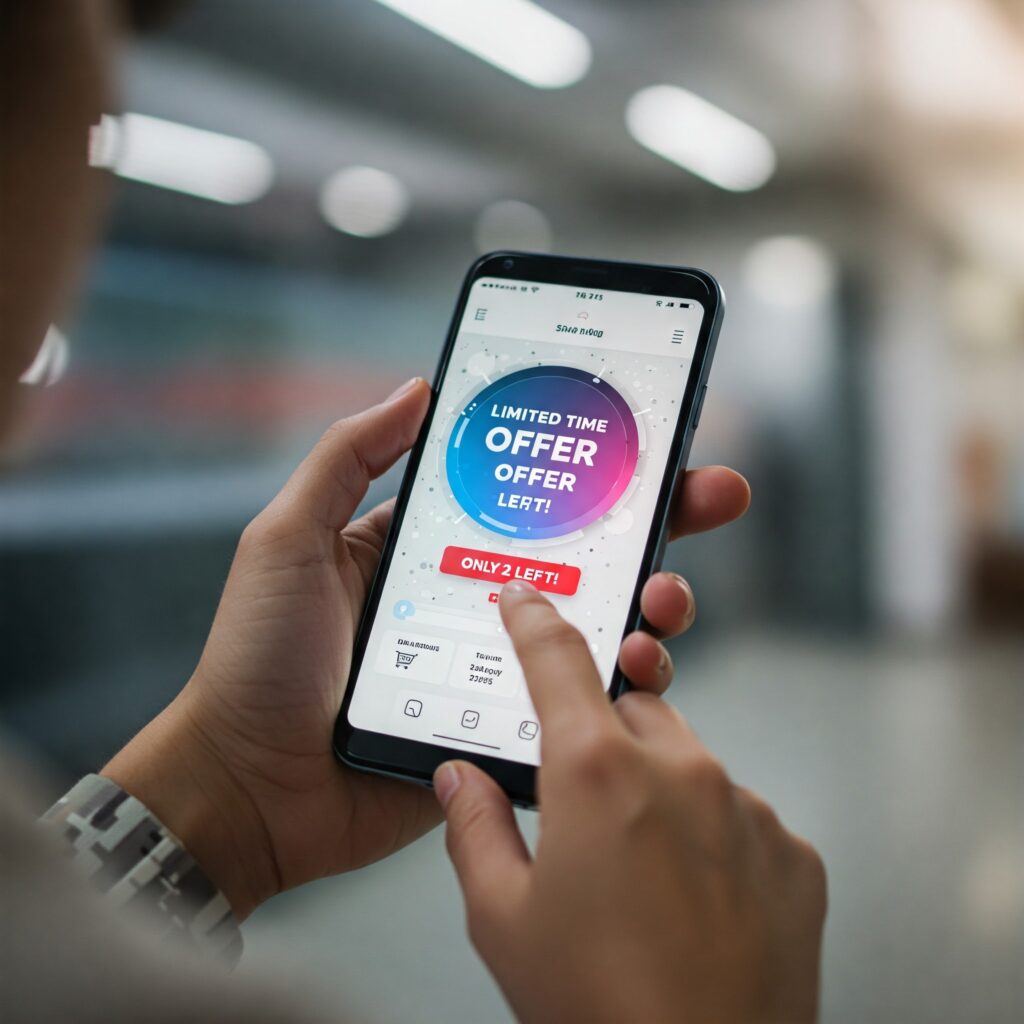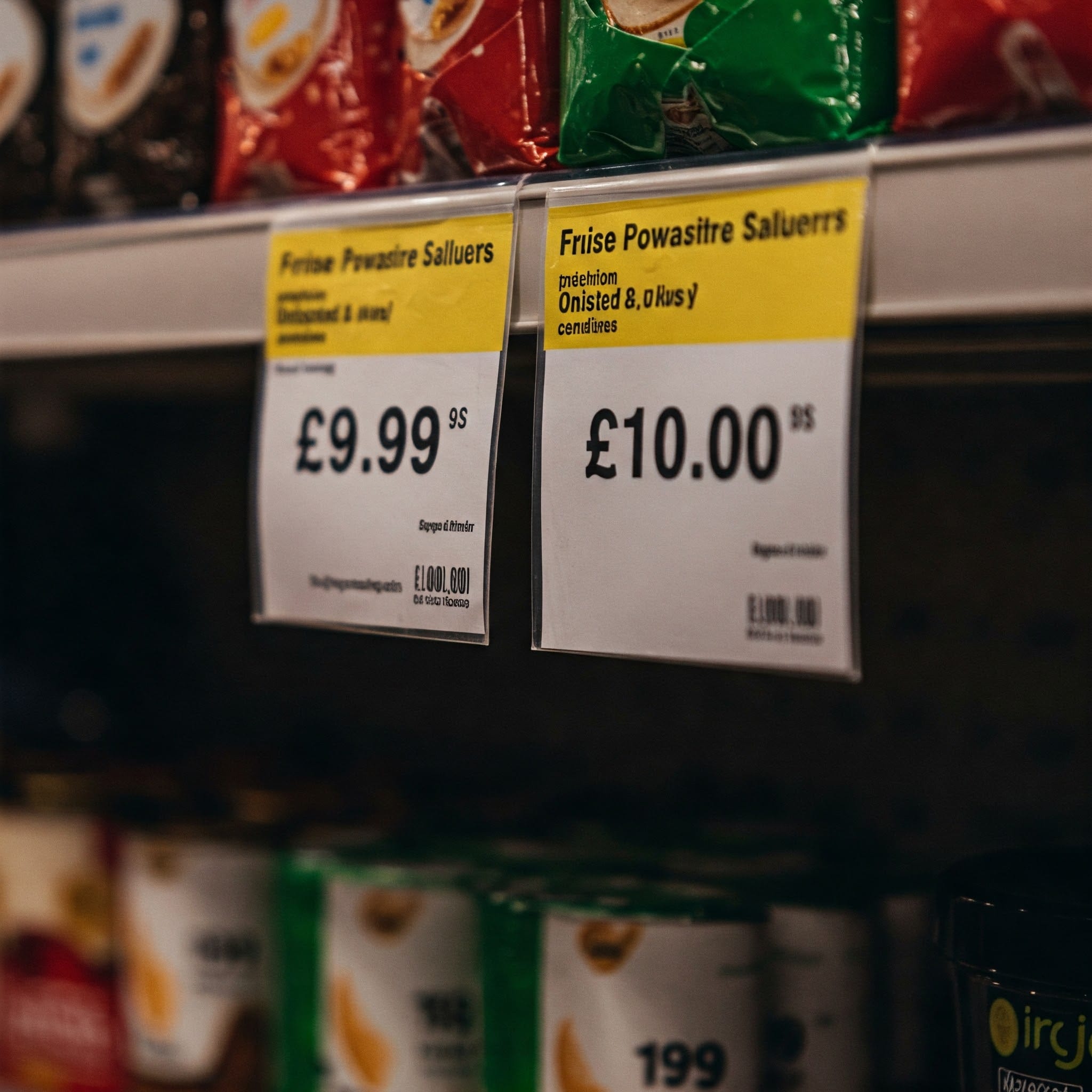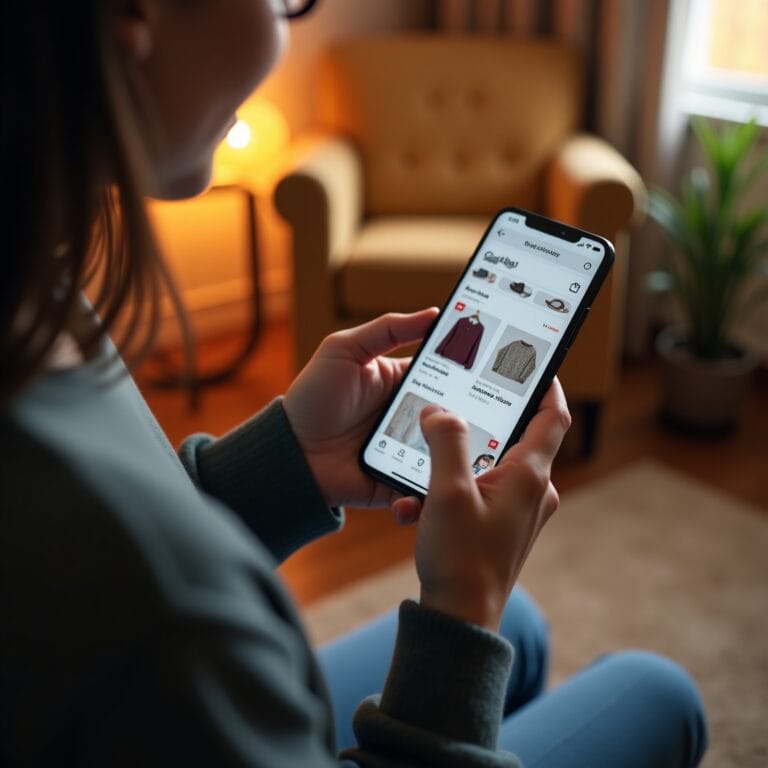Pricing isn’t a science—it’s an illusionist’s trick wrapped in a numbers game. If shopping were purely logical, nobody would buy a £100 T-shirt when a £10 one does the same job. Yet, they do. Why? Because pricing psychology techniques shape perception, nudging people to spend more while feeling like they’re getting a bargain.
For online businesses, grasping pricing tactics can be the key difference between a shop that just gets by and one that flourishes. How you present a discount can not only alter how much customers are willing to shell out but also how quickly they decide to purchase. A small change—like choosing “25% off” over “$10 off”—can significantly affect sales.
In this guide, we’ll look at the science behind pricing psychology, the top discount techniques, and how to fine-tune price perception to boost online sales. If you’re pricing without considering psychology, you’re missing out on potential earnings.
Why Pricing Psychology Techniques Influence Every Purchase
Our brains use shortcuts—known as heuristics—to make decisions faster when shopping. By understanding these shortcuts, you can arrange pricing tactics to gently steer customers toward buying with less second-guessing.
The Anchoring Effect: Importance of the First Price Seen
Ever wonder why fancy restaurants sneak a £300 bottle of wine onto the menu? It’s not for the high rollers—it’s to make the £90 bottle seem like a deal. This is price anchoring in action, a pricing psychology technique that makes discounts look bigger, even when they’re not. The first number a shopper sees creates a mental benchmark, which is why £299 slashed to £149 feels irresistible—even if they only planned to spend £100.
Stores use price anchoring a lot to boost perceived value. Always show the original price crossed out before displaying the reduced price—it reinforces that they are “saving” money.
The Left-Digit Effect: Why £9.99 Seems Cheaper Than £10.00
Charm pricing is a simple pricing technique—pricing items at £9.99 rather than £10.00. Even though the difference is just a penny, consumers see £9.99 as much cheaper because they focus on the leftmost digit.
An experiment conducted by MIT and the University of Chicago demonstrated that using 9-ending prices increased demand by approximately 40% for certain items
Decoy Pricing: Making Costlier Options More Tempting
Ever walked into a cinema, seen a small popcorn for £5, a large for £9, and a mysterious “medium” for £8.50? That’s decoy pricing—a psychological hack designed to make you pick the large. The middle option looks like a bad deal, so your brain nudges you toward the ‘smart’ choice. Subscription services pull the same stunt, using pricing psychology techniques to steer customers toward higher-margin plans.
For example:
- Basic plan: £10/month
- Premium plan: £25/month (all features included)
- Decoy option: £22/month (missing key features)
Most folks would pick the premium plan, thinking, “Just £3 more for all benefits!”

Pricing Strategies That Make Discounts Impossible to Resist
Now that we’ve grasped the psychology behind pricing techniques, let’s dive into discount methods to maximise sales.
10 Clever Discount Tricks to Boost Online Shopping
1. Percentage vs. Pound Discount: When to Use Each
- Use percentage cuts for cheaper items (25% off £20 sounds better than £5 off).
- Use pound cuts for costlier items (£50 off feels more impactful than 25% off £200).
- Rule of thumb: If the discount figure is over 30, show it in percentages. If less, display it in pounds.
2. BOGO Offers: Why “Buy One, Get One Free” Attracts More
- Studies show people value “free” more than equivalent discounts.
- Example: Get an extra item free sounds more enticing than 50% off two items, even though it’s the same bargain.
3. Charm Pricing for Bigger Impact
- Prices like £29.99 instead of £30.00 boost perceived savings.
- However, skip charm pricing for luxury items. A round figure like £50.00 suggests higher quality.
4. Price Anchoring Increases Perceived Value
- Showing a higher original price before a discount makes offers seem better.
- Example: Instead of listing something at £99, display it as: “£199 £99 – Limited Offer!”
5. Tiered Discounts Encourage More Spending
- Offer rising discounts based on spending: “Spend £50, get 10% off. Spend £100, get 20% off.”
- This nudges customers to spend more to enjoy greater benefits.
6. Scarcity and Urgency: How FOMO Boosts Buying Moves
- Few things spark action like the Fear of Missing Out (FOMO).
- Using time-limited offers, ticking countdowns, or “Only 2 left in stock!” notices can push up sales significantly.

7. Strikethrough Pricing Emphasises Savings
- Never show a discount without the original price. Seeing £100 reduced to £49.99 amplifies the sense of saving.
8. Psychological Threshold Pricing: Making Costs Seem Lower
- Instead of lowering a £105 item to £100, make it £97. Odd amounts highlight the idea of a “special deal.”
9. Framing Savings to Make Them Seem Greater
- Instead of “Save £10”, try, “Save £10 now—enough for your next coffee!”
- Putting savings in context makes them more real.
10. Reverse Discounts: Highlight What Customers Gain
- Instead of focusing on what people “save,” point out what they gain.
- Example: Rather than “15% off”, say “Enjoy savings of up to £50!”
How to Keep Customers Spending Without Slashing Margins
The best pricing techniques not only help short-term sales but also foster customer loyalty and profit over time. Here’s how to ensure continuous success:
Use Psychological Pricing Without Undermining Your Brand
- Apply premium pricing to high-end items (skip charm pricing).
- For mid-range products, price just below psychological limits (e.g., £97 compared to £100).
- Rely on value-based pricing so your customers believe they’re getting an exceptional offer.
Test and Refine Your Pricing for Top Results
What clicks for one business might not suit another. A/B testing different pricing tactics, formats, and placement can help determine the best-performing strategy.
How Freebies Outsell Discounts (Even When They Shouldn’t)
Would you rather get 50% off a second item or a second item free? The logical brain says, “Same thing.” The shopper’s brain says, “Free is better!”
This is the zero-price effect, a pricing psychology technique that makes freebies feel like an unbeatable deal. It’s why “Buy One, Get One Free” (BOGO) trumps “50% off two items”—even though the savings are identical.
Amazon mastered this with free shipping thresholds. Instead of discounting, they say, “Spend £50 for free delivery!” The word free triggers a stronger response than any numerical discount. Next time you’re structuring promotions, remember: the word “free” is a magnet for conversions.
Conclusion: Clever Pricing Equals Higher Profits
Customers don’t just shop based on price—they rely on perception. Understanding pricing psychology helps you reframe discounts, refine pricing tactics, and craft irresistible deals that increase sales rates.
Before launching your next promotion, ask yourself:
“Am I showing this discount in the most effective way?”
Because smart discount strategies mean more than just lower prices—they mean savvy pricing that makes customers eager to buy.
Now, go ahead and fine-tune your pricing like a champ!
Common Questions About Pricing Psychology Techniques
Pricing psychology techniques use cognitive biases to shape how shoppers perceive prices, making discounts feel bigger and purchases seem more valuable.
This is the left-digit effect—our brains latch onto the first number they see. Since 9.99 starts with “9” rather than “10,” it seems significantly lower, even if the difference is just a penny.
Price anchoring sets an initial reference price that makes future prices seem cheaper. Retailers use it by displaying high original prices before a discount, making the final price appear like a bargain.
Yes, in most cases. The zero-price effect means customers perceive free items as more valuable than an equivalent discount, even when the savings are identical.
Businesses can use techniques like charm pricing (£9.99 vs. £10), price anchoring (showing original prices first), and decoy pricing (offering a strategically placed middle option) to guide customers toward higher-value purchases.





